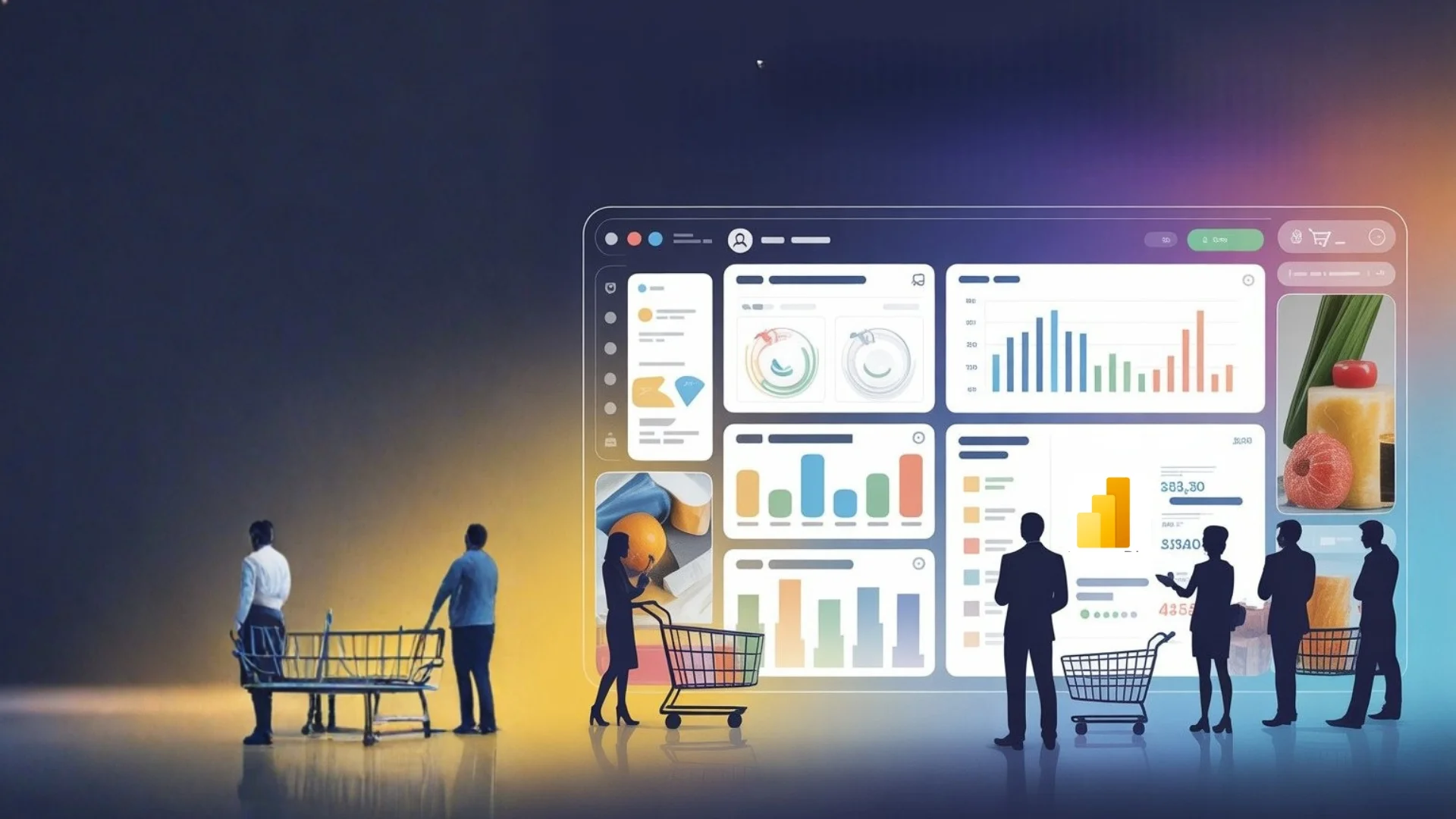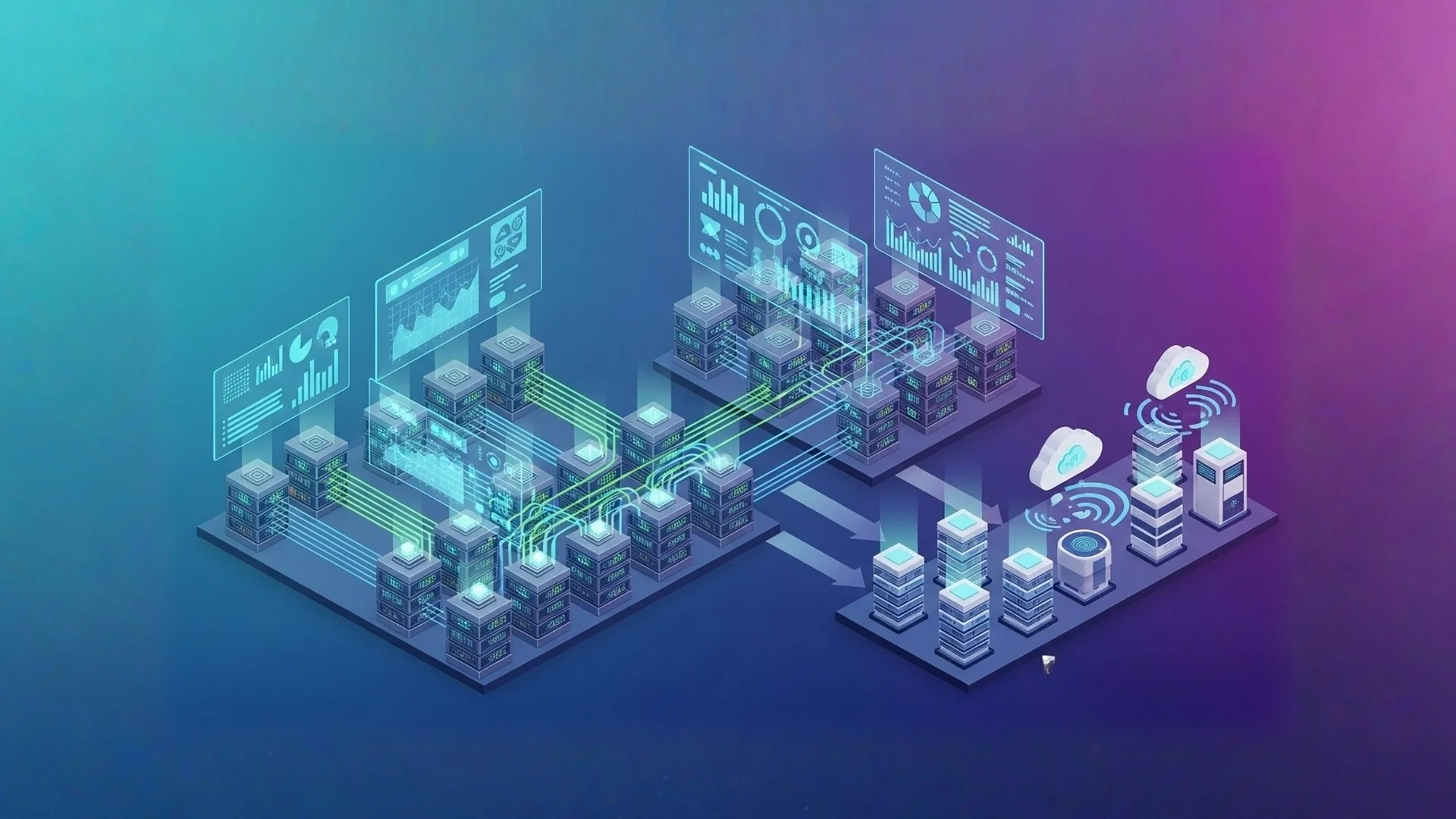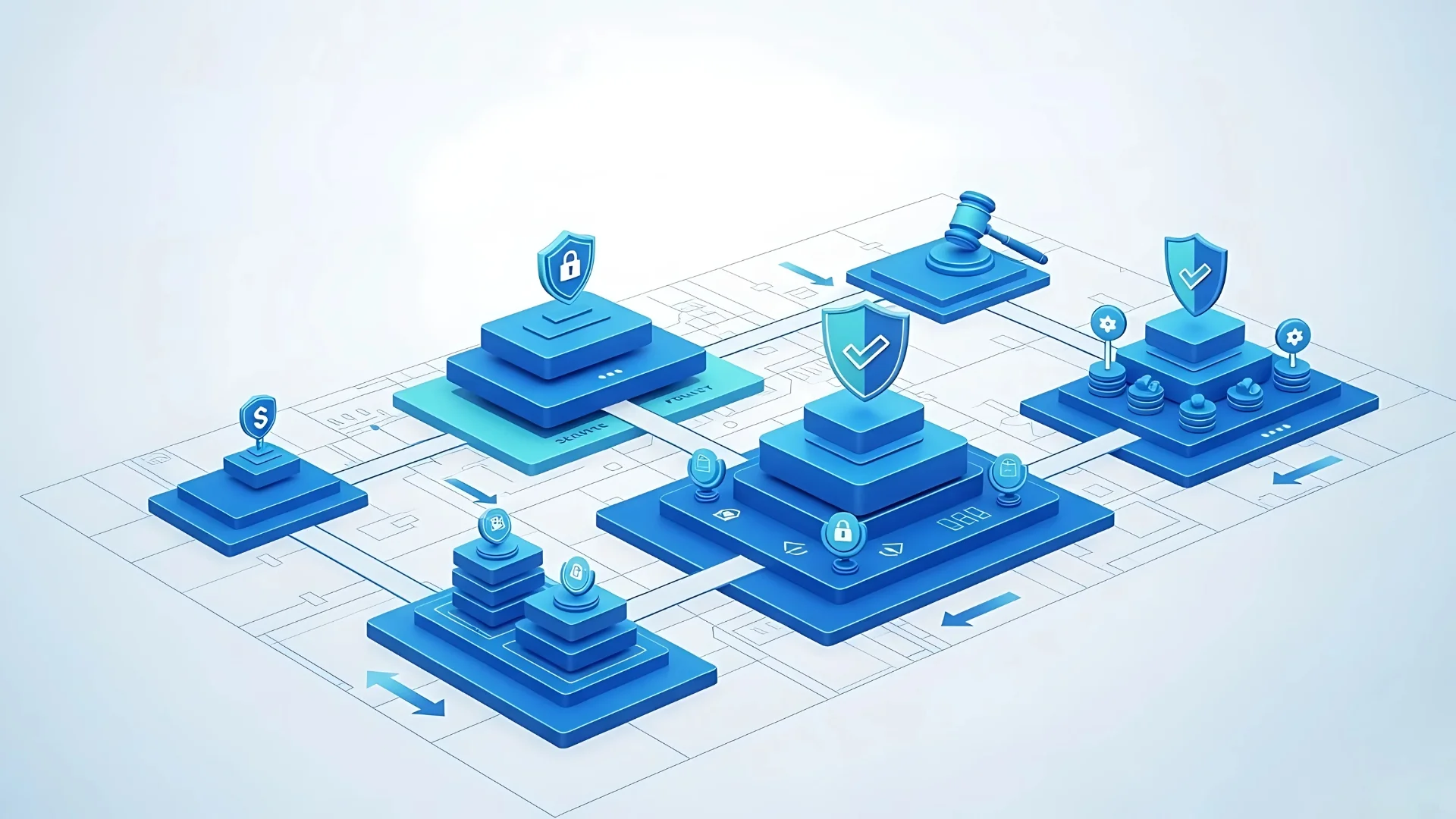Introduction
More businesses are advancing towards emerging technology practices to break down monotonous tasks that require excessive manual activities, cut down expenses, save time, and maximize resources via the automation of repetitive, high-volume tasks. With increasing competition among businesses and growing interest in digital transformation, streamlining operations and increasing revenue margins has become more important than ever, and the healthcare industry is no exception.
The rise in operational cost, increased human effort, low turnaround time, intertwined back-office operations, and providing better patient care have put a lot of strain on healthcare organizations to seek out innovative approaches to meet these new challenges. One such technology that should be at the forefront of healthcare providers to improve patient care, implement automation throughout their operational processes, streamline operations, and increase ROI is robotic process automation (RPA).
Robotic process automation has been around for several years, RPA adoption in healthcare is not widespread yet. Leveraging the capabilities of RPA, healthcare providers can respond faster, digitize patient records, address issues in the healthcare systems, reduce cost, deliver efficiencies from patient experience to revenue cycle management, and from processing claims to analytics. This blog will discuss what RPA is and look at the opportunities and key areas in which healthcare organizations can focus their resources to begin their RPA journey.
Table of Contents
What is Robotic Process Automation (RPA)?

Robotic process automation (RPA) is a software process employed to automate and execute business tasks on enterprise applications that was previously performed by humans manually. The automation process may include extracting data, passing data to and from different applications, manipulating data, triggering responses, executing transactions, and more.
RPA uses a combination of APIs and user interface (UI) interactions to integrate and execute tasks between enterprise and applications. Users can deploy and configure scripts to automate tasks by mimicking or emulating selected tasks and processes.
RPA implementations can provide many tangible benefits to healthcare providers like reducing manual errors, improving patient experience, optimizing medical equipment, simplifying business processes, and more.
Key areas where RPA plays a critical role for healthcare provider
Let’s explore some areas where RPA plays a critical role for healthcare providers while generating expanded ROI.
There are many challenges in healthcare that RPA can address, such as electronic medical records, inventory/ supply chain management, financial systems, patient scheduling, clinical documentation, claims management, billing, contact centers, regulatory compliance, and many more.
Revenue cycle management (RCM)

RPA makes sure that there is no room for error in the process of billing and claims. As human error can be detrimental to healthcare providers’ labor costs, wasted man-hours to fix the problem, and may even lead to a lack of payment for services. RPA streamlines many areas of healthcare, from billing and coding to scheduling and charting. RPA automates mundane tasks and pulls information from multiple data sources. It checks and moves data from one source to another so that no manual input is required.
RPA can be leveraged to mimic the actions of revenue cycle staff and eliminate human error during insurance verification, prior authorization, patient billing, claims administration and follow-up, and account segmentation freeing employees from mundane tasks so that they can concentrate on higher priority tasks more effectively
Claims processing
Claims processing is often manual, repetitive, rules-based, time-consuming, and error-prone that involves data input, processing, and evaluation activity for healthcare companies.
There is a considerable delay between making a claim and receiving reimbursement from a payer organization due to the complicated workflow and manual data entry work involved. Unfortunately, many mistakes occur as a direct result of manual processes and human error.
Healthcare providers can leverage RPA to automate the patient intake, evaluation, and handling of incoming claims from insurance providers and other 3rd party payment provider to seamlessly extract required data, identify exceptions, and process invoices through to payment. RPA can cross-reference patient eligibility for claims with several payers and create a comprehensive report for all self-pay patients along with their potential eligibility for coverage under available payers. RPA-led claim management can streamline the claims process by speeding up data processing and eliminate human errors during claim
Document Management
Digitalizing patient information and navigating the EHR system is often manual, repetitive, and time-consuming. An inefficient document management process affects each level of the organization, including patient care. In order to expedite the digitalization process, healthcare providers can leverage RPA to replace repetitive tasks, speed up data processing, save time. With data integration capabilities across platforms, RPA can automatically update forms, notes, and health records of a patient that enables healthcare providers to quickly and accurately intake, file, and process patient health records while simultaneously monitoring the data, users, and activity for fraud and/or error prevention. Additionally, with data validation, user verification, and cross-application data integration, RPA can reduce front-office patient onboarding operations by streamlining patient registration and other necessary paperwork. RPA bots can even scan documents for information and automatically update patient records. Also, RPA document management systems enable instant collaboration and communication, allowing healthcare providers to securely communicate essential patient data, saving time in the event of a medical emergency that will foster increased levels of customer service to the patient.
Patient scheduling
Appointment cancellations and no-shows are often a costlier affair for health providers. RPA can streamline online patient scheduling, minimize human involvement and optimize appointment turnout. RPA can gather and compile a report of appointment requests from multiple platforms along with their preference to optimize appointments that create a positive impact on patients, fewer mistakes, and proper allocation of doctors’ working time.
Chatbots

Many processes can be optimized and turned into a self-service station that customers can access on their own instead of having to interact with an employee. For example, frequently asked questions can be handled by a Chabot.
Healthcare providers can leverage RPA Chatbots to book/modify appointments, pharmacy/medication reminders, send insurance quotes, capture customer feedback, and streamline the check-in process by capturing information from the patient. RPA chatbots can gather and interpret data from multiple sources and then trigger any number of tasks according to analyzed data.
These chatbots can process large volumes of repetitive tasks round the clock, thereby eliminating human error and improved patient satisfaction. RPA chatbots can serve as valuable tools to elevate the patient experience and optimize processes.
Supply chain management
The healthcare provider’s supply chain is a highly complex and costly affair. Healthcare providers can leverage RPA to streamline key administrative functions such as purchase order management, risk mitigation in procurement, order setup and entry, inventory management, warehouse management, and supply and demand planning. Automation increases productivity while simultaneously decreases costs, reduces error rates across the board, and optimizes operations.
Integrating supply chain activities with revenue cycle operations is crucial for driving more accurate purchasing decisions, improve distribution methods, and optimize costs. Additionally, integrating data analytics with automation can help minimize pricing variation and maximize product use without sacrificing clinical outcomes or efficiency.
Regulatory compliance
Protecting patient medical data and ensuring that processes are HIPAA compliant (along with maintaining other regulations) can become complicated for healthcare providers that rely heavily on manual processes or operate across several applications. Healthcare providers can leverage RPA capabilities to track and document each process step in structured logs files to meet external audits requirements.
RPA offers patient privacy via secure features like role-based access that ensures patient data is only accessed by the right people and the right department within the organization.
Improvement in patient experience
Ensuring a positive patient experience is vital for healthcare organizations, as a satisfied customer is more likely to return following a positive experience that aids in the revenue cycle. With increasing patient demands and patient data being scattered across multiple platforms, it can become difficult for healthcare providers to offer a seamless patient experience.
Healthcare providers can leverage RPA to intelligently check data across different systems and update patient records in real-time that offers a holistic view of patient health records and even offer predictive health analytics that offers valuable insights to make more accurate diagnoses and provide tailored treatments to patients.
In addition, RPA can automate mundane tasks and processes, such as appointment scheduling, patient check-in forms, data digitization, and inventory tracking. Doctors can thereby concentrate their efforts on providing value-based care for their patients.
Conclusion
These are just a few examples of how RPA can handle business processes, enhance clinical workflows and empower healthcare providers to offer tailored treatments for patients and fuel profitability. Implementation of RPA in the healthcare sector will not only substitute many manual processes and repetitive labor, but will also aid in revamping the existing processes resulting in increased productivity and efficiency. Both now and in the future, RPA can offer endless utilization possibilities in healthcare organizations and provide a competitive advantage in the marketplace. If you are looking to leverage the capabilities of RPA in your healthcare organization, then it is critical to pick the right partner for RPA implementation.
Sparity is one such technological partner that offers successful RPA implementations based on your organization’s unique needs and strategic goals.















